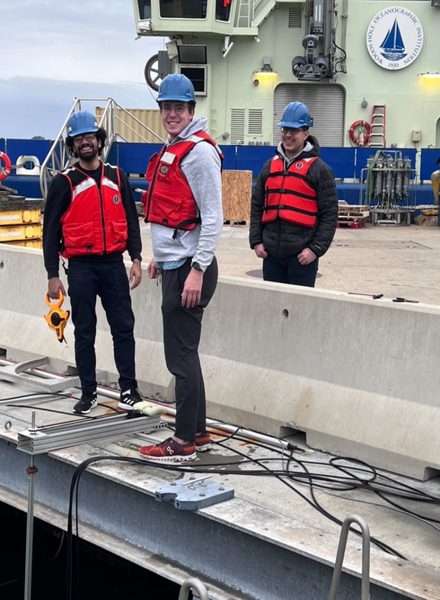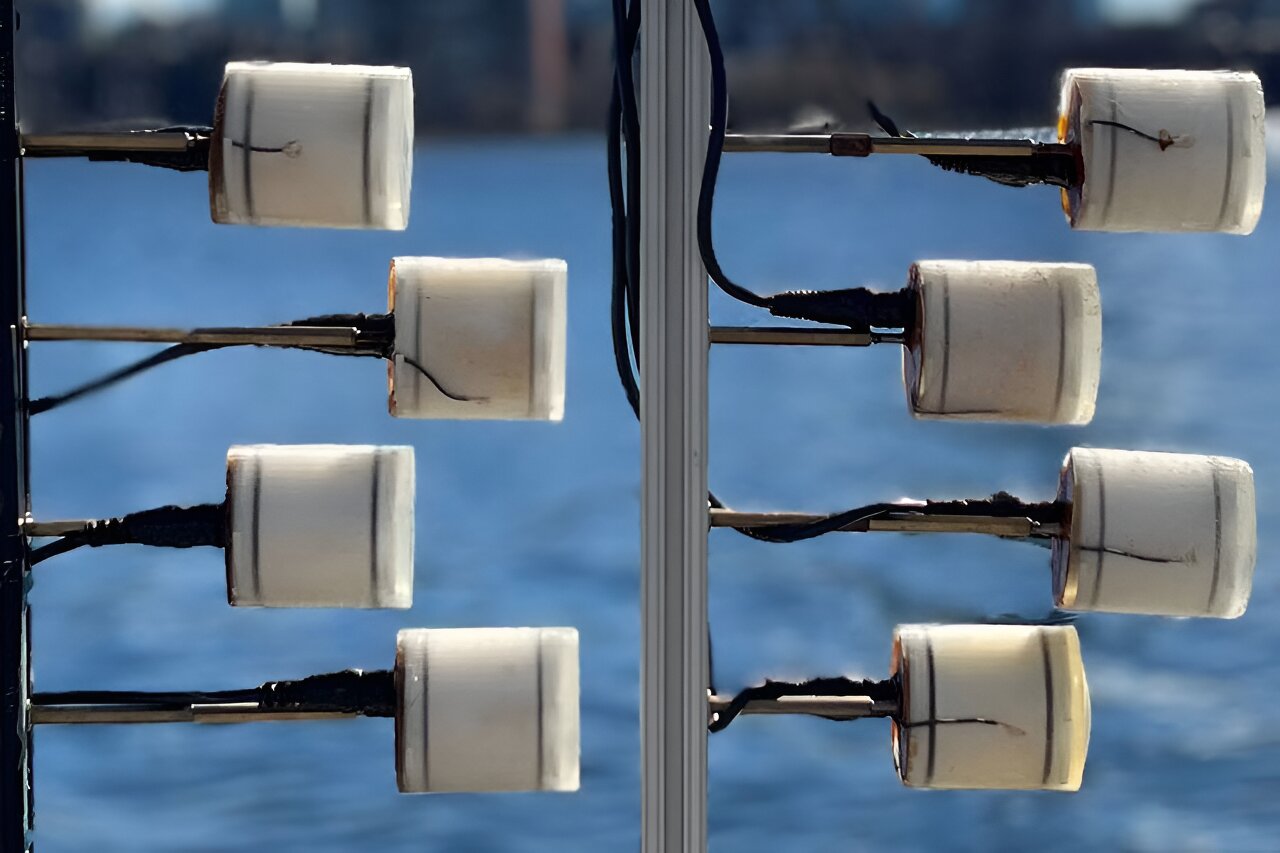MIT researchers have developed a revolutionary system that enables underwater communications over long distances with extremely low power consumption. This technology could have significant impacts in areas such as aquaculture, hurricane forecasting and climate change modeling.
A technological breakthrough
The underwater world, with its mysterious depths and vast unexplored spaces, has always presented unique challenges in terms of communication. A team of researchers from MIT recently took a significant step forward, presenting a system that could revolutionize the way underwater devices communicate.
The heart of this innovation (which you can learn more about here) resides in a group of special piezoelectric transducers. These special materials produce an electrical signal when a mechanical force, such as sound waves, is applied. When these waves hit the “nodes” of this network, they vibrate, converting mechanical energy into an electrical charge. This charge is then used to reflect some of the acoustic energy back to the source, transmitting data that a receiver decodes based on the sequence of reflections.
Shall I put it simpler? The innovation is based on a group of devices that work like this: when sound waves hit them, they transform the vibrations into electrical energy. The energy is then used to send data that a receiver can read.
Overcoming the challenges of underwater communications
One of the major obstacles in underwater communication is signal dispersion. Since the reflected signal propagates in all directions, only a small fraction actually reaches the source. This reduces the signal strength and limits the communication range.
To overcome this challenge, the MIT team took an ingenious approach, leveraging a 70-year-old radio device called Van Atta's Host. This array reflects energy exactly in the direction it comes from, greatly improving communication efficiency.

From theory to practice
The team conducted more than 1.500 experiments in the Charles River in Cambridge, Massachusetts, and in the Atlantic Ocean, off Falmouth, Massachusetts. The results? They were impressive. The device has achieved underwater communication ranges of 300 meters, 15 times higher than those previously demonstrated. And this is only the beginning. The experiments were only interrupted by the length of the piers available to the researchers.
In summary, the MIT team is laying the foundation for a future in which underwater devices can communicate with each other over vast distances with minimal power consumption. And this has huge implications for sectors such as aquaculture, hurricane forecasting and climate change modelling.


